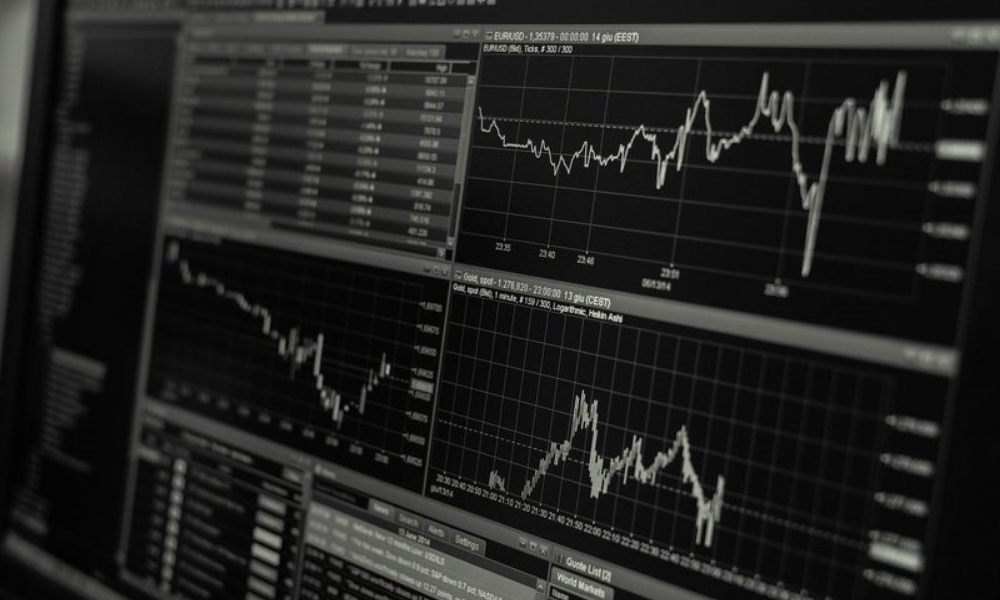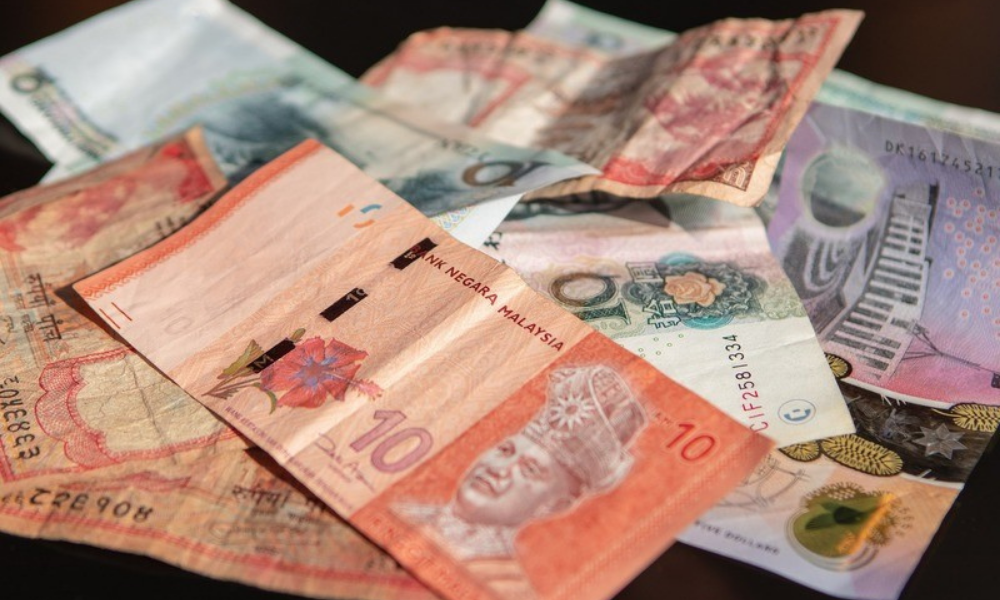Bilateral Swap Agreement marks Malaysia's continued economic cooperation with Japan
On September 18 the national banks of Malaysia and Japan entered into a Bilateral Swap Arrangement (BSA), with this deal enabling both to swap their local currencies up to a total of US$3 billion. The two countries signed the BSA to enhance the financial stability of both the Malaysian and Japanese economies, with this new bilateral deal emblematic of the harmonious relationship that has been mutually beneficial for these nations during the COVID-19 pandemic.
The COVID-19 pandemic has understandably wreaked havoc for economies on every continent, with market sentiment fluctuating wildly as financial uncertainty spread across the world with the virus. This Bilateral Swap Arrangement has been introduced in the hope of protecting the Malaysian ringgit (MYR) and the Japanese yen (JPY) from excessive volatility caused by the pandemic
How the currencies have performed during the COVID-19 crisis
To best compare the fortunes of the ringgit and the yen during the pandemic, it is beneficial to use the same frame of reference to analyze their shifts in value. This can be done by observing patterns in the foreign exchange currency pairs that place both the ringgit and the yen against the euro (EUR). The eurozone is one of the world's largest economies, so the euro is therefore a prominent currency in forex trading.
EUR/JPY is among the most popular markets for forex trading on the IG platform, with the currency pair tracking how many yen it takes to purchase one euro. On September 28, ten days after the BSA was signed to protect the future of the yen, 61% of client accounts with IG had adopted a short position on the EUR/JPY pair. This reflects traders' expectations that the euro would depreciate against the yen, with the BSA no doubt playing a part in market strategies.
On September 18, EUR/JPY was at a price of ¥124.04. Ten days later, the BSA news had influenced a 1.1% drop to ¥122.62, indicating that the yen was making gains on the euro. This recalls patterns from earlier in the year, with the euro significantly depreciating against the yen from January to May as the eurozone struggled to manage the spread of COVID-19. The euro since displayed resurgence to soar past its pre-pandemic value, capitalizing on Japan's May declaration of a recession, but September may mark a turning of the tide for the yen.

The impact of the BSA has not been as pronounced on the EUR/MYR currency pair, although this is not a surprise given the EUR/JPY's reputation for its high sensitivity to changing market sentiment. 2020 has been a year that has seen the ringgit rise in value against the euro. At the start of January, the EUR/MYR currency pair languished at RM4.51, a level not seen since October 2016. By September 28 this value had risen to RM4.86, a 7.8% increase that reflects Malaysia's ability to thus far handle the effects of COVID-19 more effectively than the eurozone.
Working together through the pandemic and beyond
Countries with reliable support systems will naturally be better-equipped to ride out the economic storm of the COVID-19 crisis. When the BSA was announced, the Bank of Japan and the Bank Negara Malaysia released a joint statement confirming their hopes that this partnership would improve financial stability for both nations. The statement also declared that the BSA would "further strengthen the growing economic and trade ties between the two countries.”
Malaysia and Japan signed a similar BSA in 2017, so this new agreement reflects a wider trend of positive relations between the two countries. Part of Malaysia's economic growth in recent years has been a consequence of closer ties to Asian neighbors, with the Look East Policy 2.0 introduced in 2019 hopeful of stimulating economic growth in the same manner as its predecessor did in the 1980s.
This Look East Policy 2.0 sought to give Malaysia access to the Japanese currency through samurai bonds, while there have also been efforts to utilize both labor and technologies emerging from Japan. This recent history of cooperation has placed the two in an ideal position to continue collaborating through the pandemic.
Both national economies have bounced back from recessions caused by the pandemic this year. Future recessions cannot be ruled out, with the long-term fate of the global economy expected to be dictated by the potential development and availability of a COVID-19 vaccine. However, the signing of this BSA should place Malaysia and Japan in a better position to withstand the financial impact of the pandemic in the rest of 2020, while the deal should also protect the value of the Malaysian ringgit and the Japanese yen.
RM12.50 / month
- Unlimited access to award-winning journalism
- Comment and share your opinions on all our articles
- Gift interesting stories to your friends
- Tax deductable
